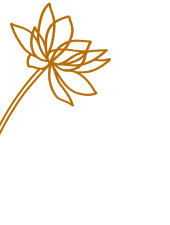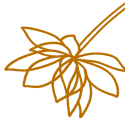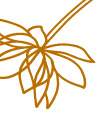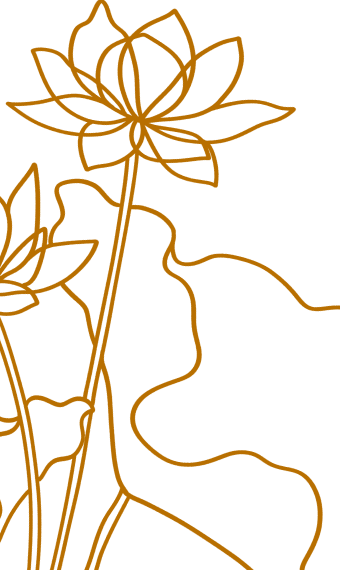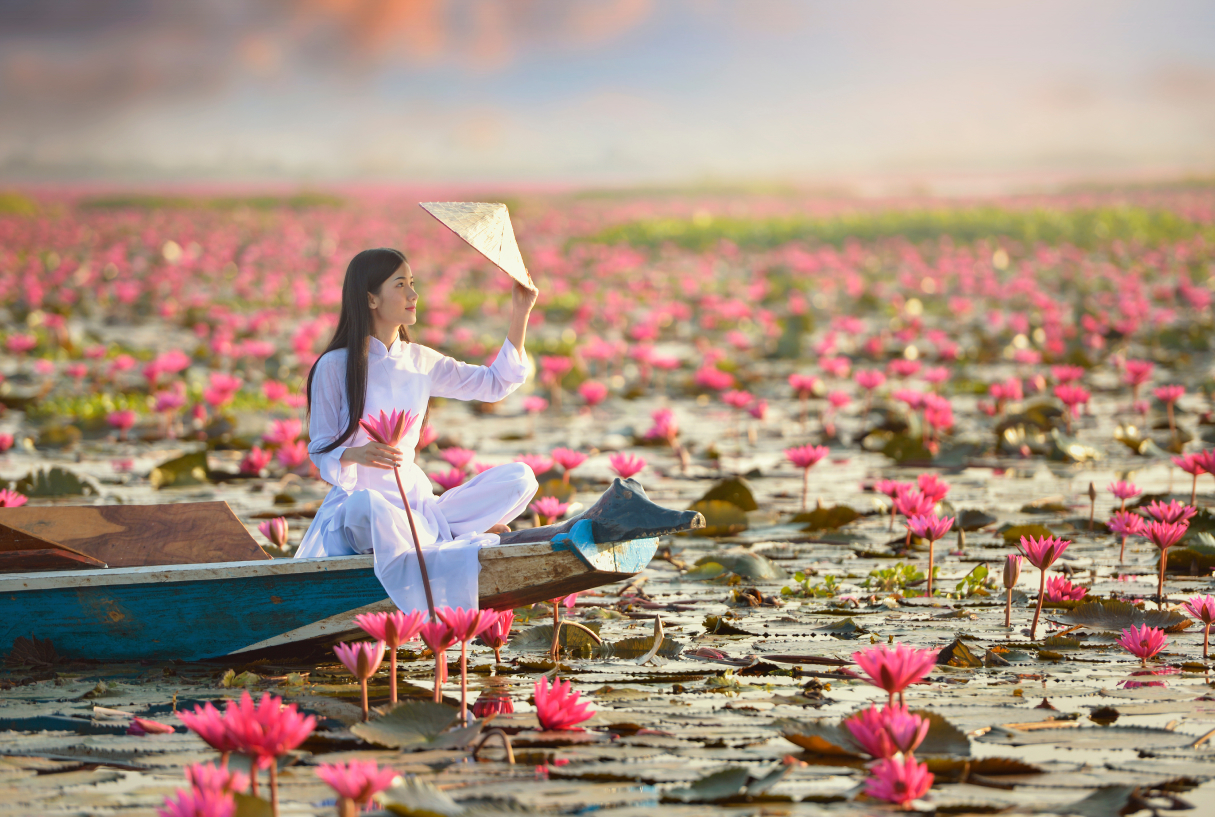
Vietnam’s Tet Trung Thu, or the Mid-Autumn Festival, is one of the country’s most cherished celebrations. The “Children’s Festival” is often referred to as a time filled with joy, colorful lanterns, sweet treats, and community festivities. Although the festival is dedicated to children, it holds great significance for all ages, reminding them of family values, cultural heritage, and the connection between people and the natural world. Celebrated on the 15th day of the eighth lunar month, Tet Trung Thu takes place under the glow of the year’s most entire and brightest moon. This time-honored festival has evolved over centuries, blending ancient customs with modern practices, yet it continues to capture the hearts of the Vietnamese people.

The Origins and Significance of Tet Trung Thu
Tet Trung Thu has deep roots in Vietnamese history and folklore. Initially, the festival was an occasion for people to give thanks for the harvest, marking the end of the agricultural season. It was a time when farmers could relax and celebrate with their families, enjoying the fruits of their labour under the full moon’s light. According to legend, the festival is also linked to the story of Hang Nga, the Moon Goddess. In this popular myth, Hang Nga is said to live on the moon, separated from her lover on Earth. On the night of the Mid-Autumn Festival, people look up to the sky, admiring the full moon and imagining Hang Nga watching over them. This legend adds a mystical charm to the festival, especially for children, who often hear stories about the Moon Goddess and other folk tales.
For centuries, Tet Trung Thu has symbolized unity, family bonds, and the passage of time. While the festival may have originated to celebrate the harvest, today it serves as a time for families to come together, mainly to show love and appreciation for children.

Preparing for Tet Trung Thu: A Festive Atmosphere
In the weeks leading up to Tet Trung Thu, the streets and markets in Vietnam take on a festive atmosphere. Vendors set up stalls selling colorful lanterns, mooncakes, and toys, while the air fills with the sounds of traditional music. Children’s excitement grows as they anticipate the celebrations, and families begin preparations.
One of the most iconic symbols of Tet Trung Thu is the lantern. Lanterns come in all shapes and sizes, from traditional star-shaped lanterns to modern designs featuring animals, cartoon characters, and intricate patterns. These lanterns are more than just decorations; they represent light, hope, and children’s dreams. During the festival, children carry their lanterns in parades, creating a beautiful spectacle of glowing colors that light up the night.
At the heart of every Tet Trung Thu celebration is the preparation of banh trung thu, or mooncakes. These round, sweet pastries symbolize completeness and unity, reflecting the festival’s focus on family and community. Traditionally, mooncakes are filled with lotus seed paste, salted egg yolk, and mung beans, but modern variations now include flavours such as chocolate, green tea, and durian. Mooncakes are often beautifully packaged and given as gifts to family, friends, and colleagues, reinforcing the spirit of sharing and togetherness.
Another critical aspect of the festival is the mâm cỗ Trung Thu, a tray of fruits and treats prepared as an offering to ancestors and the Moon Goddess. This tray often includes pomelos, bananas, persimmons, other seasonal fruits, and figurines made from fruits and rice flour. Families set up these offerings at home, giving thanks for the harvest and wishing for a prosperous future.

The Festivities of Tet Trung Thu
The night of Tet Trung Thu is one of the most magical times of the year, especially for children. Families gather outside to celebrate under the moonlight, and communities come together for festive events and performances. In cities and towns across Vietnam, public spaces become filled with excitement as people partake in the various activities that define the Mid-Autumn Festival.
Perhaps the most anticipated event of the evening is the lantern parade. Children carry their lanterns through the streets, accompanied by the lively sounds of drums and cymbals. These processions often lead to local temples or community centers, where cultural performances, storytelling, and games are held. In some areas, traditional lion dances are performed, bringing an added element of energy and joy to the festivities. The lion dance, believed to ward off evil spirits and bring good fortune, is a popular feature during many Vietnamese festivals, but it holds a special place during Tet Trung Thu.
While Tet Trung Thu is primarily seen as a children’s festival, adults also participate in the joy of the evening. The moon is said to be at its brightest and fullest during the Mid-Autumn Festival, and many families take time to admire it together, reflecting on its beauty and the significance it holds in Vietnamese culture.
The moon is special in Vietnamese folklore and is often viewed as a symbol of longevity, harmony, and prosperity. For many families, gathering to gaze at the full moon and share stories is a treasured tradition, one that connects them to past generations and to the cycles of nature.
Tet Trung Thu and the Role of Vietnamese Food
No Vietnamese festival would be complete without a focus on food, and Tet Trung Thu is no exception. Aside from the iconic mooncakes, the festival is marked by various special treats and snacks shared among family and friends.
One of the most popular snacks during the festival is banh deo, a type of mooncake with a chewy, glutinous texture. Banh deo is often filled with sweet bean paste or coconut, contrasting with the more common baked mooncakes. These treats are not only enjoyed during the festival. Still, they are also given as offerings to ancestors, as they symbolize the sweetness of life and the desire for harmony within the family.
Fruit platters are another essential element of Tet Trung Thu. Pomelo, a large citrus fruit, is particularly popular due to its symbolism of health and prosperity. Other fruits, such as bananas, pears, and persimmons, are also included in the mâm cỗ, often shaped into creative figurines and animals to delight children.
The food prepared and shared during Tet Trung Thu is not just about indulgence; it represents the values of sharing, gratitude, and connection to the natural world. The fruits and mooncakes symbolize the harvest, and sharing them with loved ones reinforces the importance of family and community during this particular time.

The Timeless Appeal of Tet Trung Thu
Tet Trung Thu continues to hold a special place in the hearts of the Vietnamese people, whether in Vietnam or abroad. Its focus on family, tradition, and celebrating childhood innocence makes it a festival that transcends time and generations. As the full moon rises each year, families come together to share stories, enjoy sweet treats, and marvel at the beauty of the night sky. For those who experience Tet Trung Thu, whether for the first time or as part of a long-standing tradition, it offers a glimpse into the vibrant culture of Vietnam. This culture values unity, gratitude, and the connection between people and nature.
